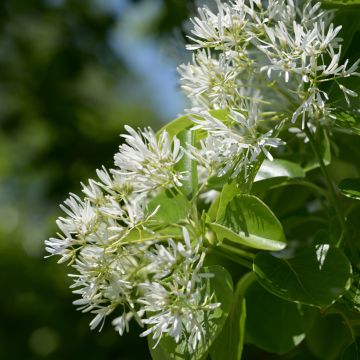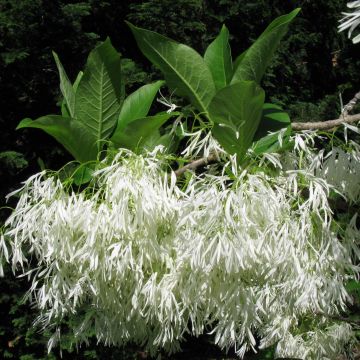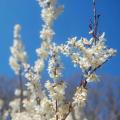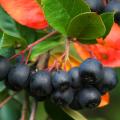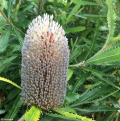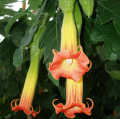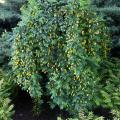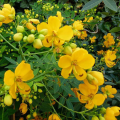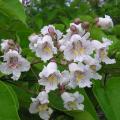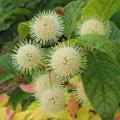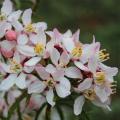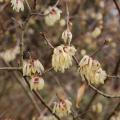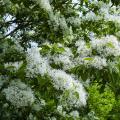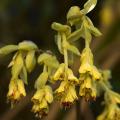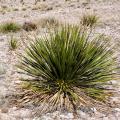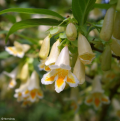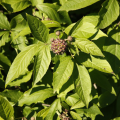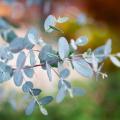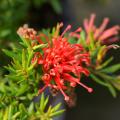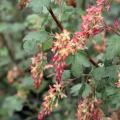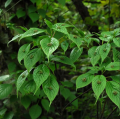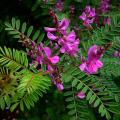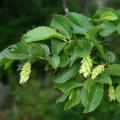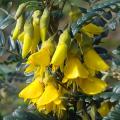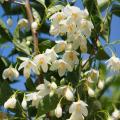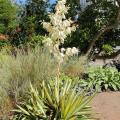Chionanthus
Does this plant fit my garden? Set up your Plantfit profile →
Available in 2 sizes
Available in 3 sizes
Chionanthus is also known as the Fringe Tree because of its extraordinary, particularly abundant and airy white flowering, which almost entirely covers its vegetation in spring. This deciduous bush or small tree from the Oleaceae family is native to the southeastern United States in the case of Chionanthus virginicus, which is less than 2.5m (8ft) tall, the hardiest and most common in our gardens, or from China, Korea, and Japan for the species Chionanthus retusus, which is larger (5 to 9m (16 to 29ft) tall), more tolerant of climate and soil conditions, but slightly more sensitive to extreme cold. These two bushes have quite different appearances, but both offer remarkable, slightly fragrant flowering, in spikes or panicles of white flowers with 4 white petals resembling fringes. Female trees bear small blue-black fruits that resemble olives in the presence of a male tree.
Chionanthus thrive in moist to damp, humus-rich, and deep soils, preferably non-alkaline (especially for C. virginicus). They excel as flowering hedges and in ericaceous beds. Their very natural appearance is well suited to wild or English-style gardens. They can be combined, for example, with Fothergilla, lilacs, viburnums, deciduous euonymus, wild camellias, or amelanchiers.
Haven't found what you were looking for?







































